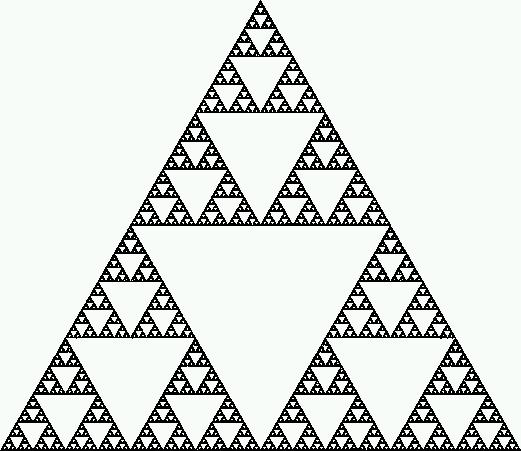How to Make a 3d Sierpinski Triangle

Named after the polish mathematician Waclaw Sierpinski, the Sierpinski triangle is a fascinating and intriguing design that consists of nothing but simple equilateral triangles. Even though Sierpinski gets the credit for inventing this particular fractal, similar pattern can be noticed in the Cosmati mosaics from the 13th century in the cathedral of Anagni, Italy. Irrespective of who came up with the intriguing pattern, one finds himself baffled by its simplicity and depth.
Making a 3d Sierpinski triangle is pretty simple. All you need is a grid paper, a pencil, a ruler, colour pencils and some spare time.
Instructions
-
1
The first thing that you need to do is to print out a triangular paper. You can use a graphics programme to make create a triangular grid on a white paper and then print this paper using a printer.
-
2
After you have printed a triangular grid paper, use a pencil and ruler to draw an equilateral triangle on it. Make sure that size of the triangle is pretty large and each side has a number of smaller triangles that is a multiple of four, e.g. 16. Just trace out the outline of the large triangle for now instead of colouring it as well.
-
3
Once you have drawn a large triangle, divide it into four smaller triangles. Three of these four triangles will be upright, while one triangle will be upside down. Again, leave all four triangles uncoloured. However, keep in mind that you will eventually be colouring all three upright triangles, while leaving the inverted triangle uncoloured until the end.
-
4
Now treat the upright triangles the same way you treated the original large triangle, i.e. divide it into four smaller triangles. Remember to leave the middle inverted triangle untouched. Also keep in mind that you will be leaving the middle inverted triangle in the freshly divided triangles blank as well.
-
5
Continue to divide the triangles as many times as you please or are able to.
-
6
Once you are done dividing the triangles, start colouring them. Colour the largest triangles first, while leaving the centre triangle uncoloured. Then colour the smaller triangles, while ensuring that you do not touch the centre inverted triangles.







